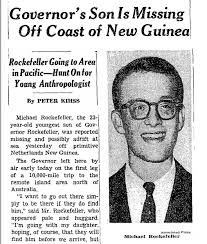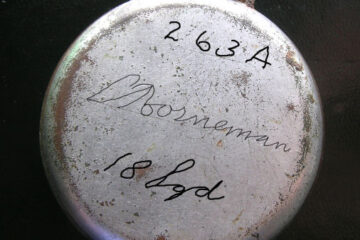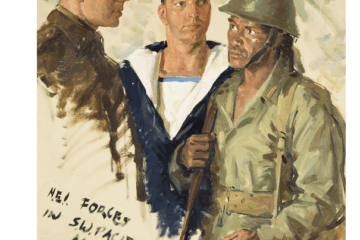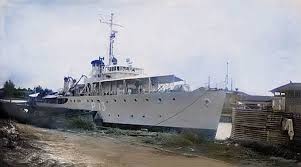In November 1961, Dutch and Australian authorities jointly undertook one of the most extensive search operations ever mounted in Dutch New Guinea. The mission followed the disappearance of Michael Rockefeller, son of the then–Governor of New York, Nelson Rockefeller, whose loss drew international attention to the remote Asmat coast in the southwest of the territory.
The disappearance
Michael Rockefeller was part of a small anthropological expedition collecting artefacts and filming daily life among the Asmat people for the Museum of Primitive Art in New York. Travelling with Dutch anthropologist René Wassing, he had been exploring the coastal waterways between the villages of Agats and Atsj when their small catamaran overturned. After drifting for a day, Rockefeller decided to swim several kilometres toward the shore to seek help, while Wassing remained with the wreckage. Wassing was later rescued by a Dutch patrol boat, but Rockefeller was never seen again.
A joint search operation
The disappearance triggered a massive search coordinated by the Dutch administration in Hollandia (now Jayapura). The Netherlands authorities, aware of the sensitive political situation as Dutch New Guinea approached transfer to Indonesia, requested assistance from neighbouring Australia. The Australian government, then responsible for the adjacent territory of Papua and New Guinea, immediately provided air and naval support.
Royal Netherlands Navy patrol vessels operating from Biak and Merauke joined Australian aircraft and reconnaissance teams based in Port Moresby and Daru. Helicopters from both sides conducted low-level sweeps of the mangrove-fringed coastline, while Dutch civil administrators, missionaries, and police units searched riverbanks and settlements across the Asmat region. Reports and sightings were checked jointly, with communication links maintained between Hollandia and Port Moresby through the existing liaison channels established in the 1950s.
The collaboration was seamless and pragmatic. Australian aircraft extended the search radius beyond what Dutch resources could reach alone, while Dutch river craft and Papuan constabulary units worked inland along tributaries of the Lorentz River. The combined operation reflected the close working relationship that had developed between Dutch and Australian colonial administrations over previous decades, particularly in border coordination, mapping, and humanitarian assistance.
Aftermath and enduring mystery

Despite extensive efforts over several weeks, the search found no trace of Rockefeller. A few items of debris were recovered, but the fate of the young anthropologist remains unknown. His disappearance came at a moment when Dutch New Guinea’s future was under international debate, and the tragedy briefly drew world attention to this remote part of the Pacific.
For the Dutch and Australian personnel involved, the episode was a poignant demonstration of cooperation between neighbouring administrations in a vast and challenging environment. It stands as a reminder that, even in the final year of Dutch presence in New Guinea, collaboration and mutual support between the two colonial powers continued in the spirit of professionalism and shared responsibility.
See also: Defining a frontier: Dutch–Australian border cooperation in New Guinea, 1954–1960
Primary sources include Dutch administrative records on the 1961 search held at the Nationaal Archief (Hague, collection: Nederlands Nieuw-Guinea, 2.10.36.10) and Australian reports in the Australian War Memorial and National Archives of Australia (Canberra), which document Royal Australian Air Force participation in joint reconnaissance over Dutch New Guinea.


